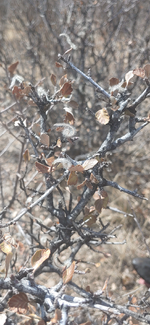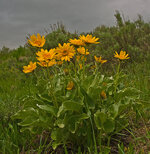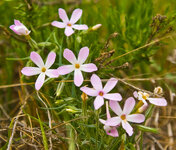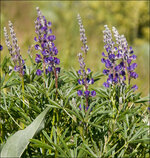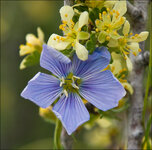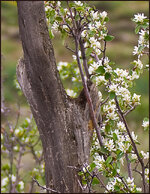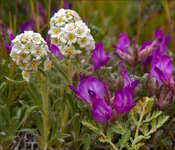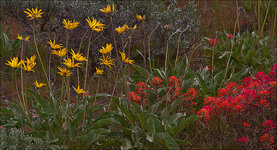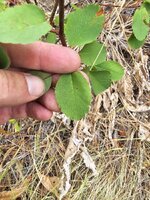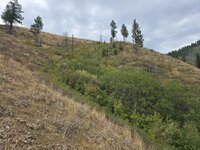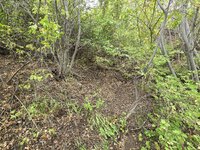So, lots of the various asters are super hard to tell apart, but I identified a lot of them where I walked in. All the deer that walked down that trail ignored them for the week. However, there was the first hard freeze a couple days before I was done hunting. After that freeze, all the whitetails honed in and only ate one of the like 10 aster species that was there. Not a couple. One species. Usually when they browse they kind of munch a bit here and there. This time they'd just walk from plan to plant and only eat that. It was wild, super interesting and neat to me. I honestly don't remember what species it was as it was like 20 years ago. It was one of the more uncommon ones up there.

